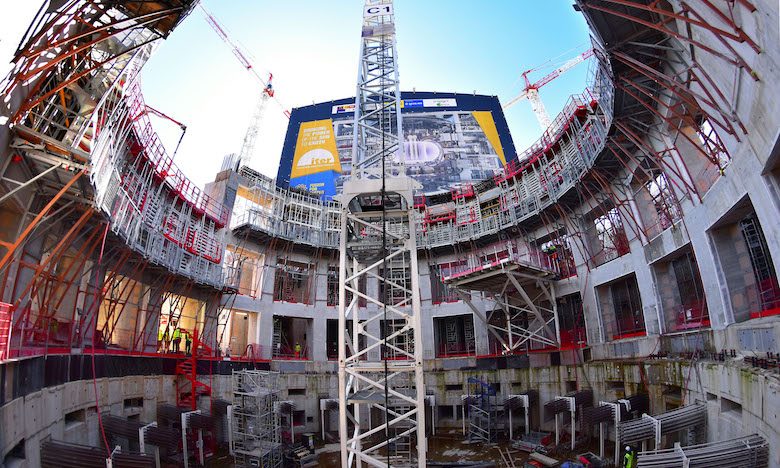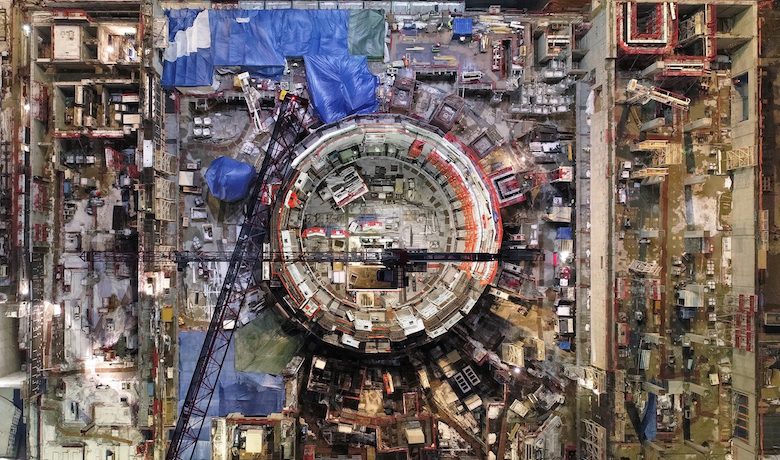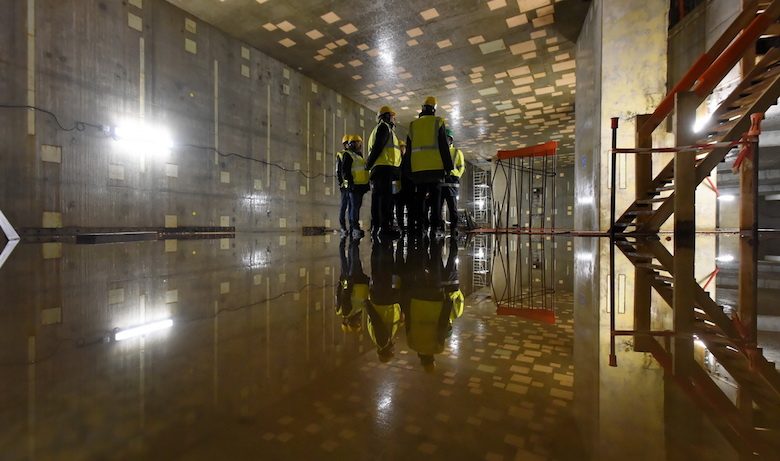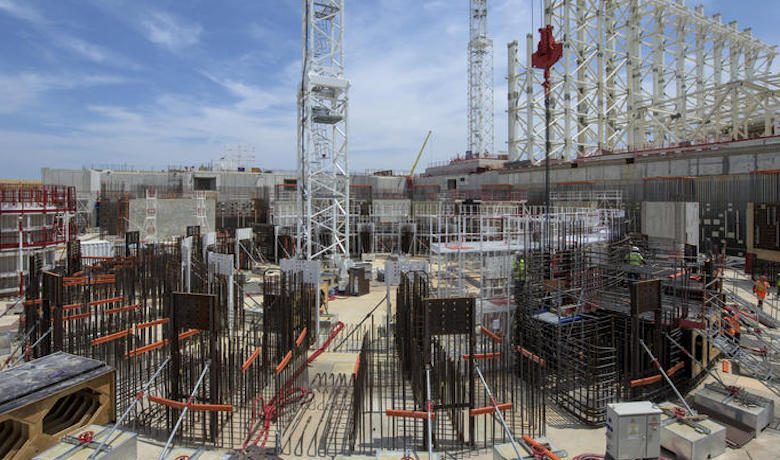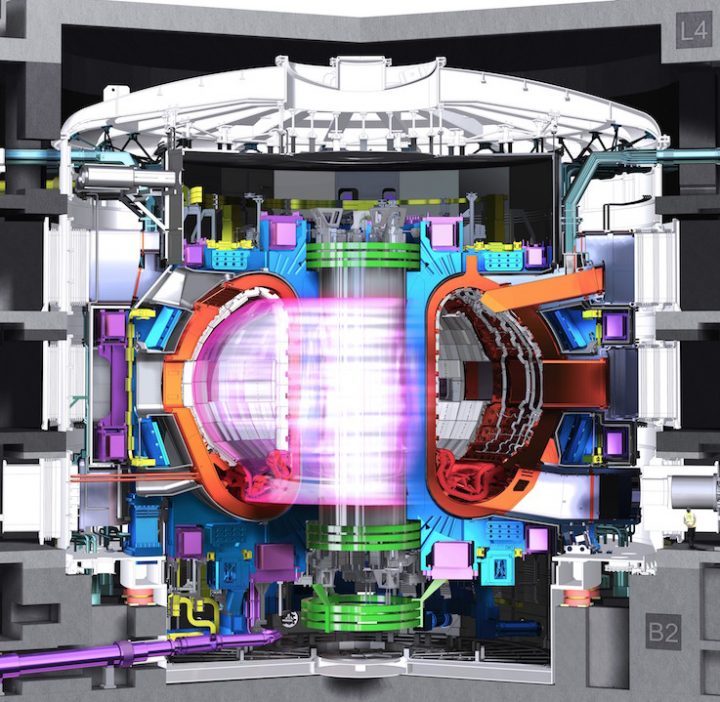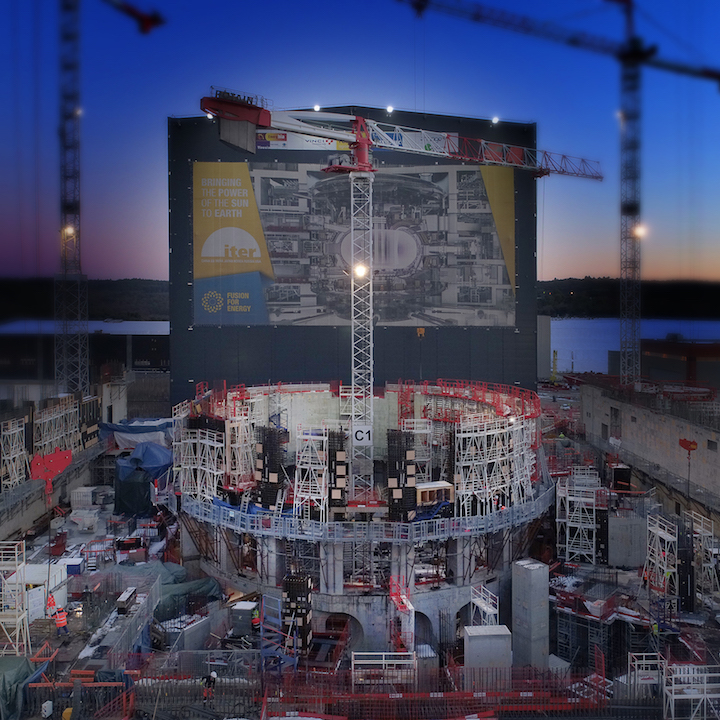BACKGROUND
Will we develop an inexhaustible energy source one day? That is the question that is uppermost in the minds of researchers on the ITER project. To answer that question, people from all over the world are working together. Participants from Europe, China, South Korea, India, Japan, Russia, and the United States are studying the possibility of controlling fusion energy, which is what powers the stars, and have joined forces to develop an experimental reactor. Their project is designed to demonstrate that the fusion of two types of hydrogen (deuterium and tritium) in a Tokamak reactor (which confines particles by combining two magnetic fields) may become a usable energy source and produce electricity. From this starting point, ITER aims to produce ten times more energy than is needed to trigger the nuclear fusion reaction. So, for 50 megawatts of electricity consumed, it will generate 500 MW in heat energy.


